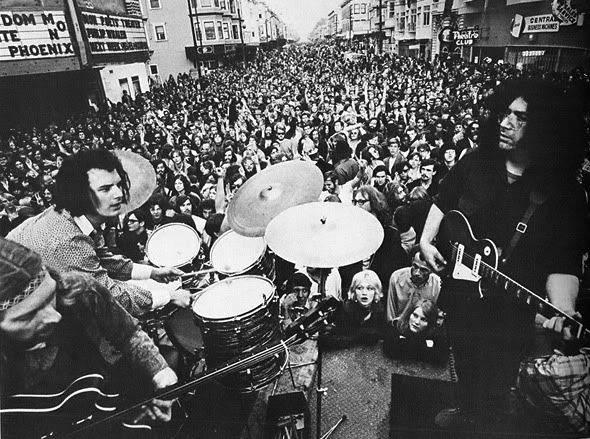I found it at a yard sale, maybe a month or so back, just sitting on a table with a bunch of other junk. It wasn’t in a frame, only glued to a piece of weather stained cardboard that was curling at the edges. This old black and white picture had seen better days and today was not one of them. It had water damage on the top half but not enough so as to ruin the photo entirely, just partly.
But all of this was not relevant information when it came to the point of purchase. I knew I would buy it, trading in one hard earned quarter to posses this small moment of local history preserved for the ages.
The photographer stands on a small hill overlooking the logging camp. From the hill you can see a team of six horses; black, white, then back to black again. Big, strong quarter horses. Horses bred for relieving these tree-laden hillsides of their heavy wooden burdens. The horses are harnessed to a wagon, which is attached to another wagon. The wagons are loaded with lumber cut into planks. A man sits atop the first wagon holding the reigns in his hands. He wears a cap and a winter coat. To his right is a wooden shed with a chimney pipe sticking out of its metal roof.
Behind the wagon he sits atop is an old Ford. Not a model T but something similar to it in style. The vehicle is the period marker. The Ford is not alone, though, as another rests on its four rubber tires not too far away. Behind the motorcars is a wall of cut and stacked planks, planks waiting to be loaded onto the two wagons with the six horses and the one driver. A large stand-alone chimney rises up from behind these planks, issuing forth a plume of white smoke that dissolves into the water stain at the top of the frame.
And where there are two cars there are also two men. The other man stands away from the wagon and away from the cars. He holds nothing in his hands and seems to be looking up at the cameraman wondering just what exactly he should be doing with the moment at hand. He is smaller in size than the man leading the team and wears a different kind of hat. It’s hard to tell but his skin seems to have a much darker complexion than that of his counterpart. I don’t know the logging history of the Pacific Northwest in the early 1900’s well enough to determine whether or not this man could be Native.
And then there’s the forest. Ah yes, the forest! The whole reason these men and horses and cars and smoke are all here. The trees are there, silently watching this whole scene unfold, quietly thankful that they are too small to be of any real worth.
Sometimes I bike around this old logging town, trying to imagine just what it might have looked like a century or so ago. I have found a few of the “old” trees left behind. The ones that for some reason were unmolested and allowed to continue their heavenward expansion. They are magnificent testaments to what once was. Within less than a half-mile of my house are two huge, red trunked wonders. In the Giant Sequoia family if I am correct. Sometimes I just stand beneath their bows and listen closely for the stories they are telling.
And listen you should, because they are telling stories like you’ve never heard. Stories different than the ones I know, different than the ones I can tell you here and now. Different in stature and height, stories with roots growing down into the earth, into the soil. Tales sent on the wind or the wing of a bird passing by.
Time may not be eternal, but the stories they tell me are.

